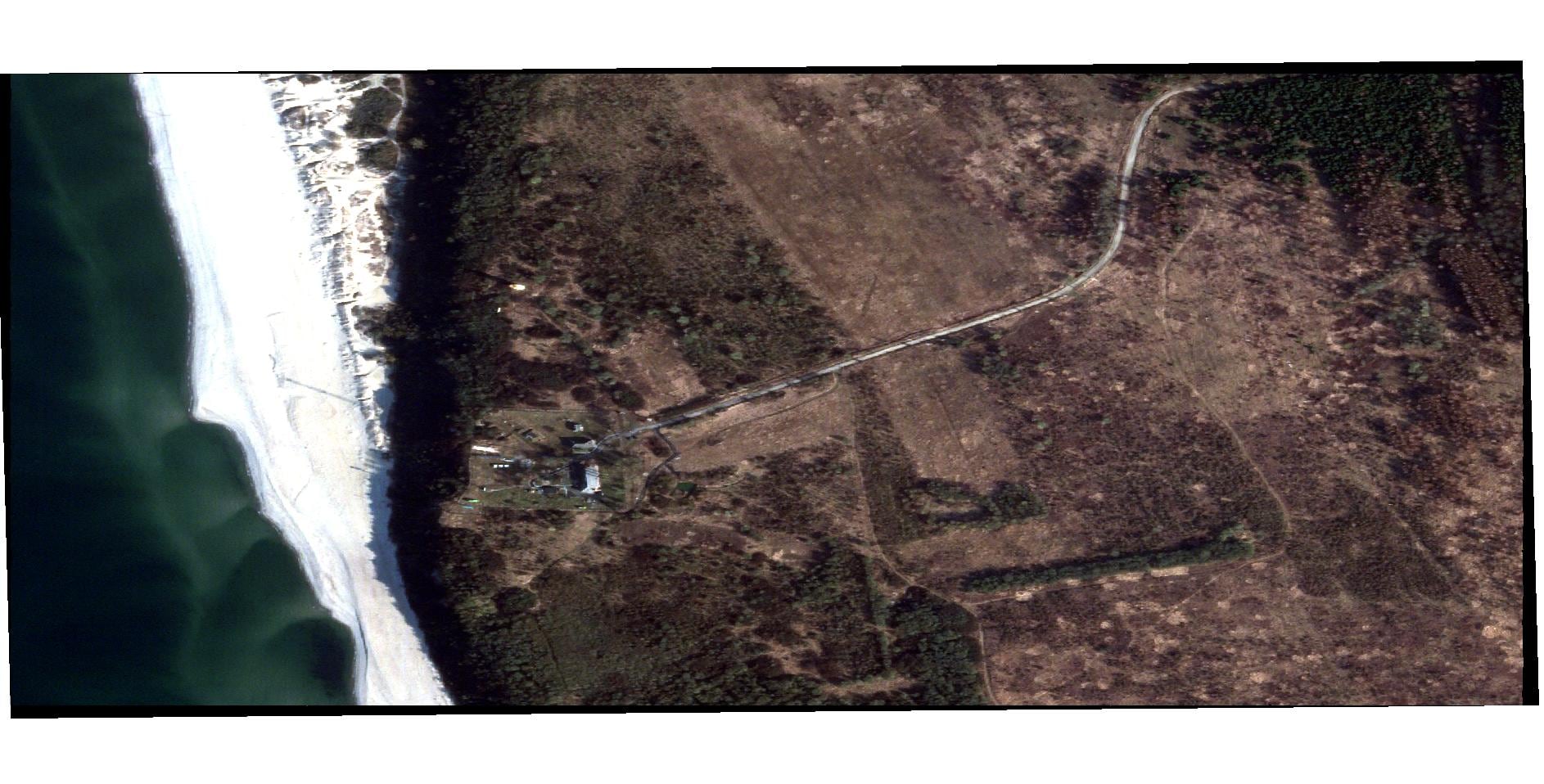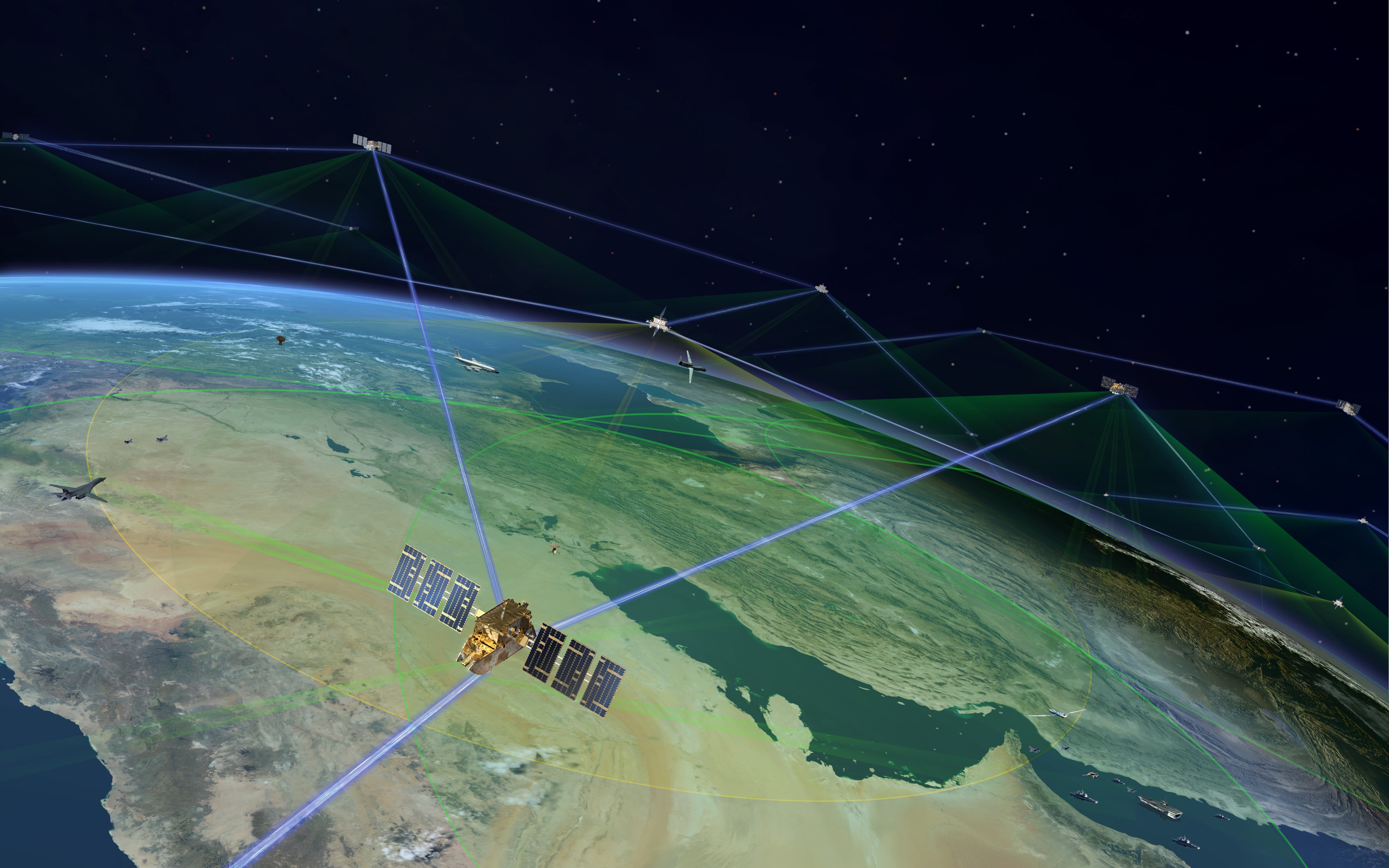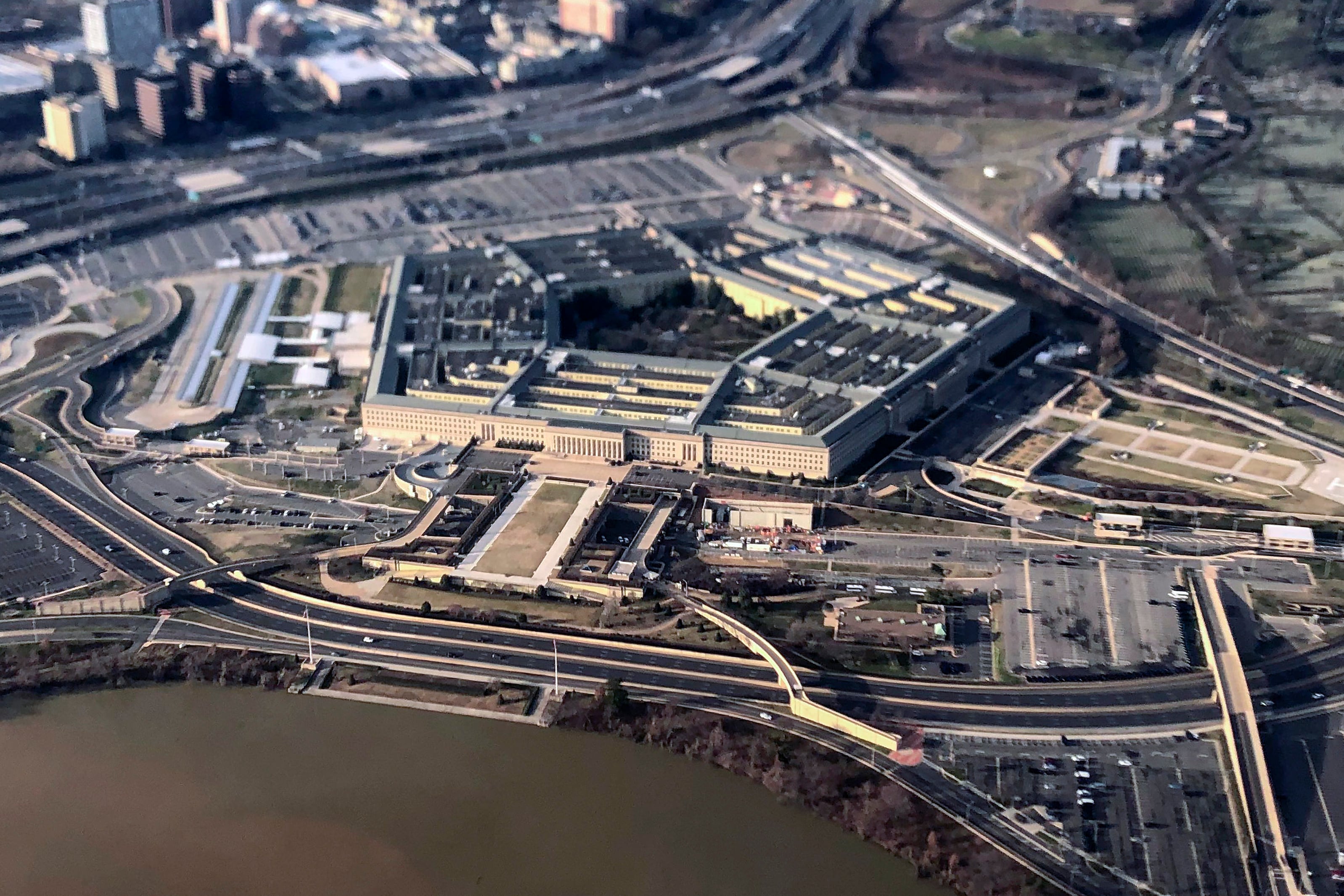Are you ready for continuous change? All cChances are you're not, or at least you're not as ready as you should be.
I am not talking about looking forward over the next few years and conducting strategic planning. I am just talking about coping with the magnitude of continuous change thatand the modern soldiers that are required to handle from now on that is happening in the cyber environment today. Most of the recommended measurements are outdatedbackward looking. That doesn’t help when you are trying to cope with the constant changes that are occurring. I was trying to present In an effort to show the rate of change in the cyber environment, so I decided to conducted what I call the tip-of-the-iceberg test: In that test I choose a search engine, restricteding the results to the past 24 hours, entered a term and examined the results. Below are the results of the five terms I recently ran recently for this piece.
1. Difficult to stay abreast of new technology.
TEST: A web search resulted in 38 pages of new technology posting results in the last 24 hours.
2. Difficult to stay abreast of new or updated regulations.
TEST: A web search resulted in 34 pages of new regulation posting results in the last 24 hours.
3. Difficult to stay abreast of new software update listings.
TEST: A web search resulted in 32 pages of new software update listings posting results in the last 24 hours.
4. Difficult to stay abreast of new or modified vulnerabilities.
TEST: A web search resulted in 24 pages of software vulnerabilities posting results in the last 24 hours.
5. Difficult to stay abreast of new or modified malware advisories.
TEST: A web search resulted in 19 pages of new or modified malware advisories posting results in the last 24 hours.
When you look at those figures, it is easy to understand just how easy it is to fall behind., even when you are trying to keep-up! However, I wanted to put a finer point on this challenge of continuous change. In addition, a 2015 one report by Symantec identified in excess ofmore than 430 million new unique pieces of malware. If you do the math tThat equates to nearly 14 unique pieces of new malware being released per second. By the way, tThat is an increase of 36 percent from 2014. Stop for just a moment and Think how difficult it is to about the degree of difficulty keeping up with the rate of continuous change that is currently occurring in the global cyber domain. Now put that in a military context. This is a huge challenge that we must successfully be successful in addressing successfully.
There is little doubt that the challenge ofKeeping up with the pace of change will take a herculean effort to try and keep up with the current pace that is accelerating. The management challenge will likely be the most challenging area. Many strategic advisers are recommending continuous-change readiness programs be implemented as soon as possible. ObviouslyThe task of continuous change is especially extra tricky in today’s cyberthreat environment. Hold on, it is Plus, it's about to become more complex due to emerging several technologyies that are currently emerging and about the enter the rapid adoption and advancement stage of their lifecycles. All of This requires every organization to adopt a continuous learning philosophy. This is changing so fast that there are no experts. That is of course unless you subscribe to my definition of an expert. EXPERT (ex·pert – ex, spirt) = Ex means former and spirt is a drip under pressure. If you use that definition there are allot of experts and that number is growing rapidly!
If we want a chance tTo cope with the continuous change in the cyber environment, all organizations at a minimum should: do the following.
- Continuous monitoring of Monitor the cyberthreat environment and emerging technologies.
- Create a summary email that goes out at least weekly.
- Mandate continuous quarterly education, if not monthly, with weekly critical change summaries.
- Create a scorecard that honestly tracks the cyber environment with measures specific to different areas of responsibility.
Is that even possible in the military environment? There are many free online programs available. Create a scorecard that honestly tracks the cyber environment with measures specific to your area of responsibility.
Now for the biggest issue: Some thought leaders have said that thrown out a hypothesis that states "as people age, they resist adopting new technologies." I happen to believe that is true for the vast majority of the population around the world. Most of today’s leaders in training are in their early 40s, so they may fall into thisthe resistance category. Perhaps that is the best place to start is with mandatory continuous training about the changesthat are occurring and are likely to occur that that must be addressed by the modern military.








